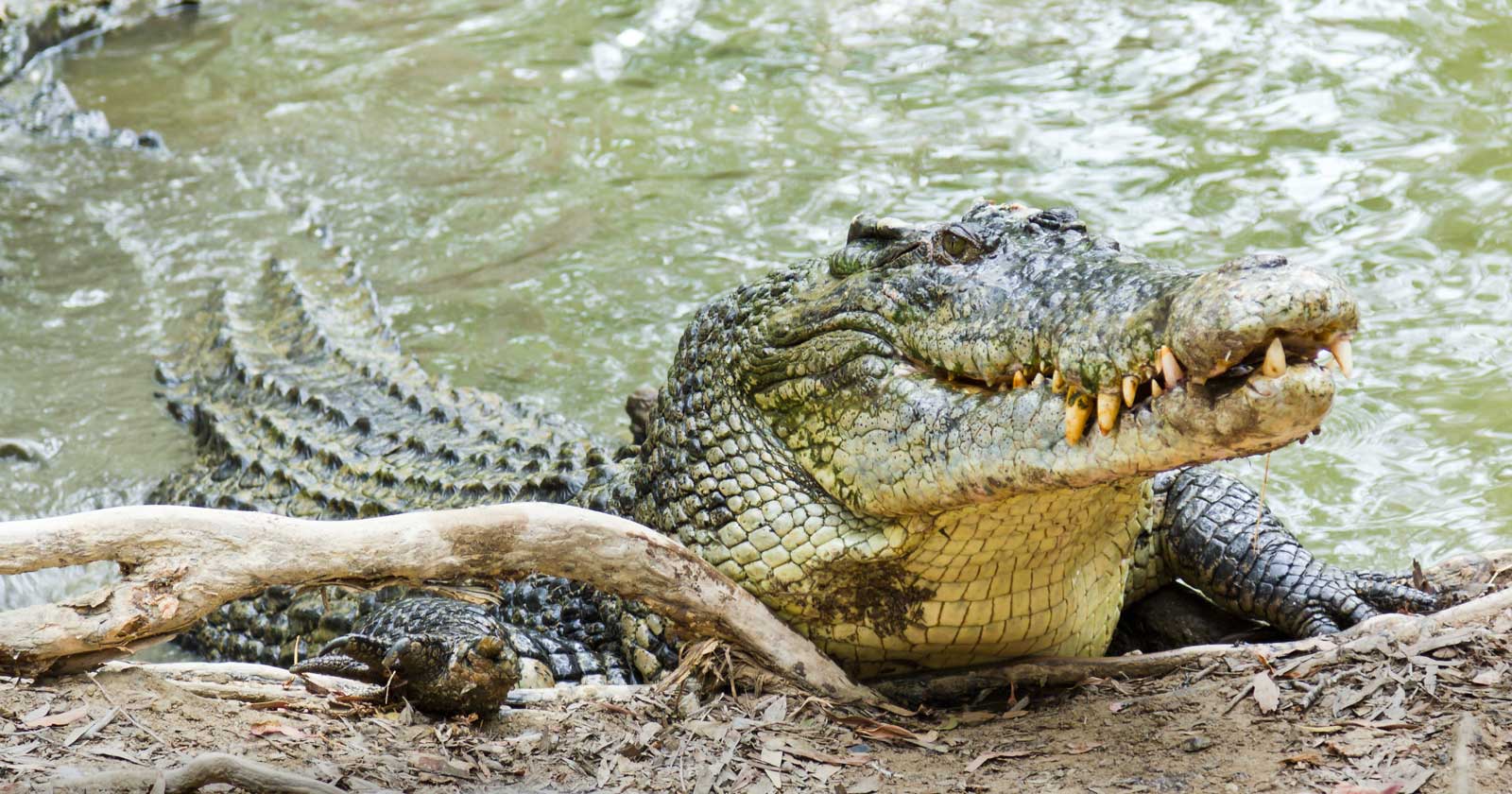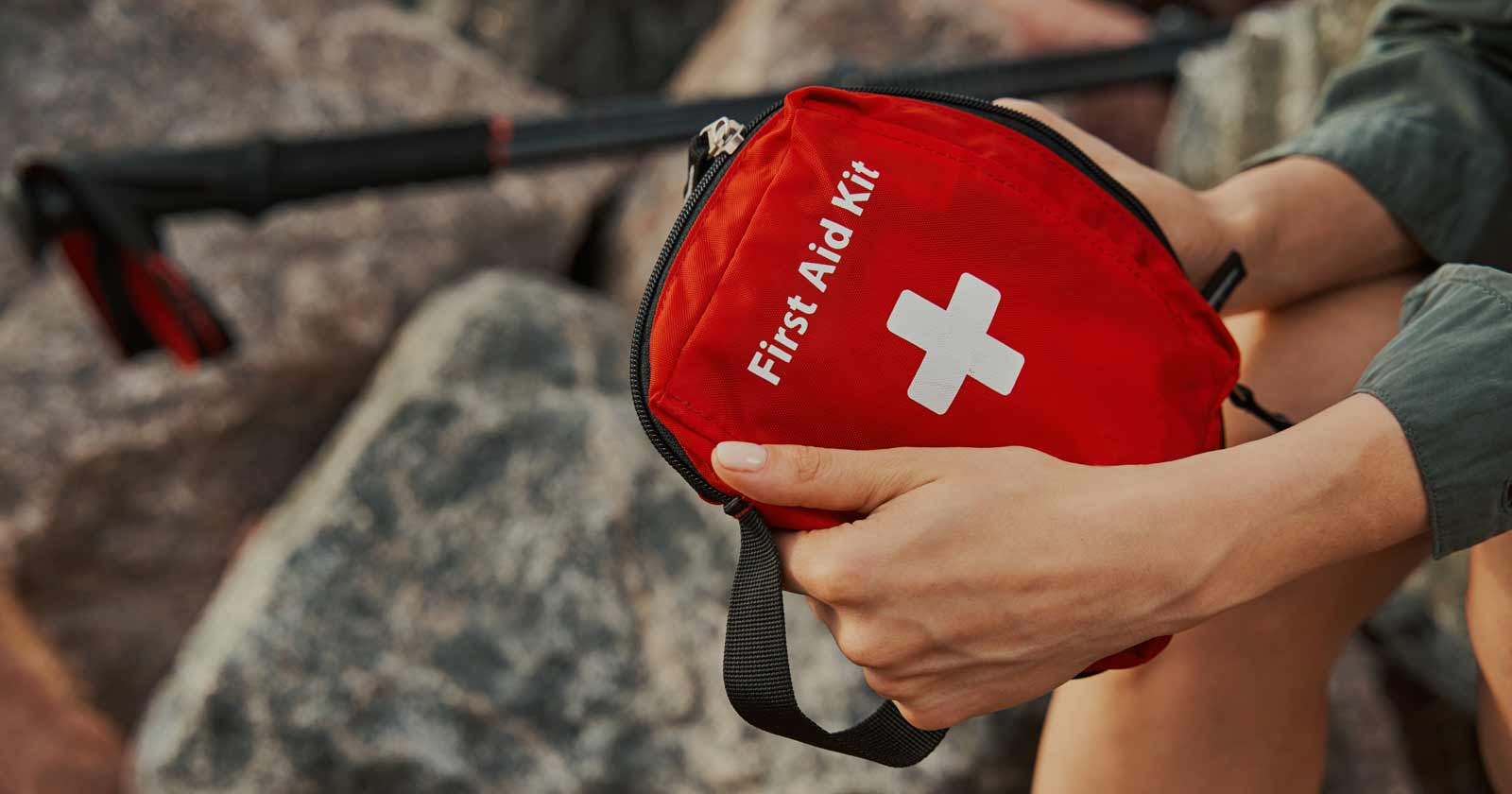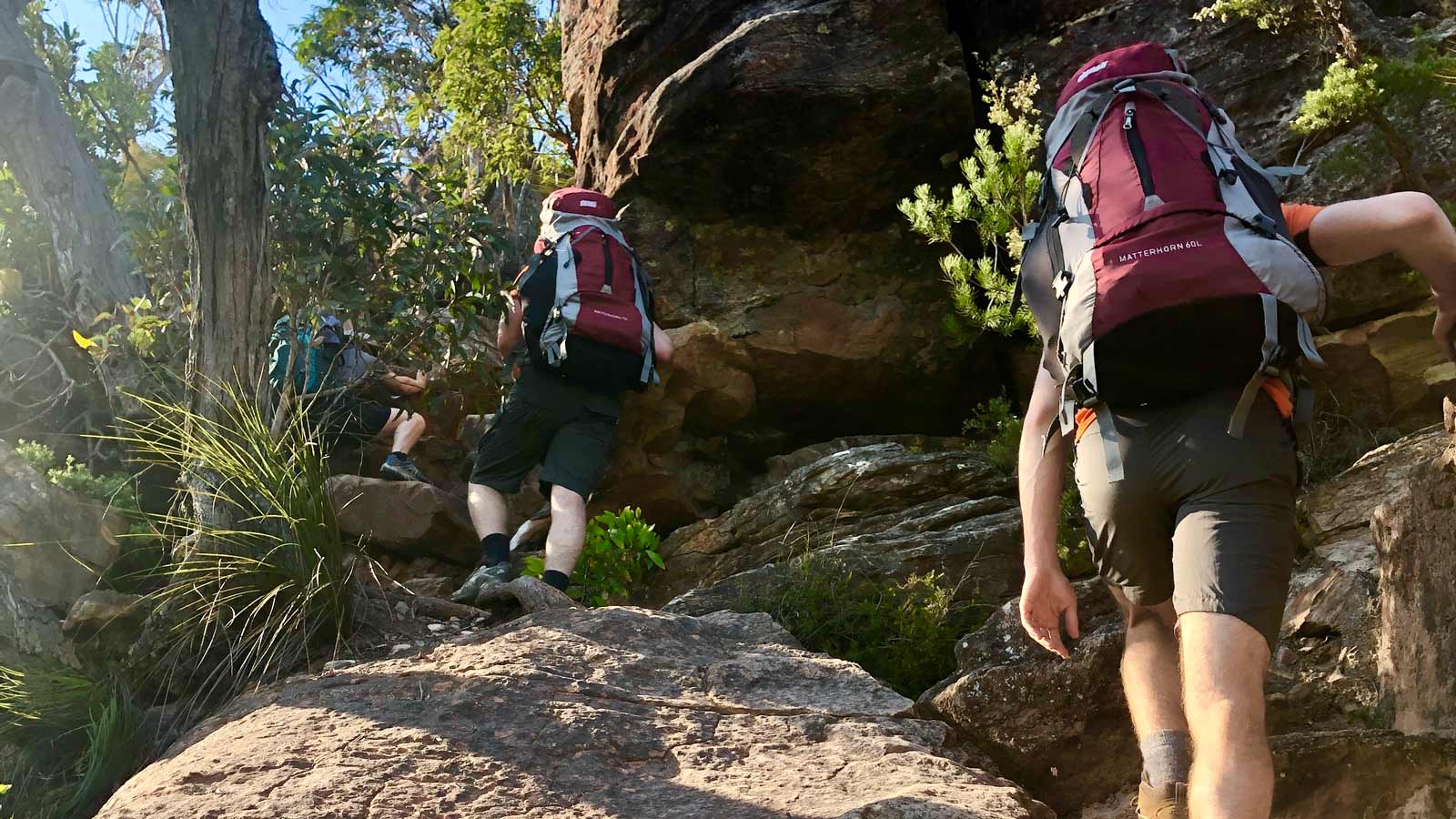Bushwalking emergency: When a member goes missing
Losing a fellow bushwalker in the bush can be a heart-stopping experience. Panic can take hold, thoughts race, and the air can thicken with worry. But amidst the apparent chaos, remember: clear thinking and decisive action are your most valuable tools. Staying calm and taking swift action can make all the difference. There are no golden rules, but these steps can guide you through this critical situation:
Trip leader’s immediate actions
- Remain calm: Panic leads to mistakes. Breathe, gather your thoughts, assess the situation.
- Regroup remaining members: Find a sheltered, visible spot. This prevents further separation and keeps everyone in sight.
- Signal the missing person: If the missing person has a mobile phone try to call it, and send a text message. A text message may get through if a voice call doesn’t. Call out or blow a whistle regularly. This increases chances of them hearing you.
- Gather crucial details: Who, where, when? Last seen location, clothing, skills, equipment – every detail counts.
- Contact emergency services on 000: Don’t delay! Inform them with all necessary information about the missing person and the situation.
- Search or camp preparation: Assess the time, weather, and group capabilities. If late in the day, establish a base camp. Start a fire if safe to do so and get members to collect water if necessary. Plan a strategic search if possible, or prioritise securing shelter and resources until help arrives.
Planning a localised search (if feasible)
Before planning a search, carefully consider the capabilities of your group members and whether searching is truly necessary. In most cases, it’s safer and more efficient to stay together at a sheltered and visible location. This ensures everyone remains accounted for and simplifies rescue efforts for emergency services. Remember:
- Staying together is ALWAYS the safest option. There’s strength in numbers, and rescuers won’t have to waste time searching for multiple groups spread out across the terrain.
- Only initiate a search if you have experienced members with proper gear and a clear plan. Searching can be dangerous, especially in harsh conditions. Prioritise safety above all else.
- Avoid searching at night or in adverse weather conditions.
- Contact emergency services immediately, regardless of your decision to search. Provide them with all the necessary information about the missing person and your location.
By prioritising safety, staying together, and making informed decisions, you can increase the chances of a successful rescue in a bushwalking emergency and prevent more people getting lost.
If you decide to initiate a search:
- Match Skills to Search: A seasoned hiker warrants a different approach than someone unfamiliar with the terrain.
- Safety first: Only experienced members with proper gear should participate, especially in harsh conditions. Searching at night or in adverse weather is a last resort.
- Send coordinated teams: Dispatch pairs to search along the trail and key landmarks, leaving visible markers as they go.
- Clear communication: Brief search teams with return deadlines, essential gear, and whistle signals for attracting attention, success, and recall to camp.
- Log the search: Maintain a record of teams, times, and areas covered to avoid duplication and aid rescuers.
Maintaining the base camp
- Keep the fire going: If safe, a fire provides warmth for your group and visual signaling for rescuers.
- Stay alert: Continue calling out and sounding the whistle to keep the missing person informed of your location. Keep trying their mobile phone if they have one.
- Support and ration: Prioritise the remaining group’s physical and mental well-being. Ration resources and maintain a positive attitude.
Remember:
- Early contact with emergency services is crucial, regardless of your search efforts.
- Provide detailed information to emergency responders, including the missing person’s description, last known location, and any relevant details.
- This information also helps the “Trip Contact” with any follow-up communication with police.
Reporting a lost person: Crucial information for rescue
Time is of the essence when someone goes missing. Providing emergency services with accurate and detailed information can make all the difference in locating them safely. Here’s a checklist of essential details to prepare:
Missing Person:
- Full Name:
- Age:
- Last Seen:
- Date and Time
- Exact location (GPS coordinates if possible)
- Who saw them last?
- Physical Description:
- Height and weight
- Hair and eye color
- Distinguishing features (glasses, scars, tattoos)
- Clothing:
- What they were wearing when last seen
- Any notable details about the clothing
- Equipment:
- Backpack, hiking poles, etc.
- Any specialised equipment (GPS device, first aid kit)
- Food and Water:
- How much they had with them
- When they last ate or drank
Next of Kin:
- Name and Contact Information:
- Relationship to the missing person
Additional Information:
- Medical Conditions:
- Any allergies or medications
- Past injuries or health concerns
- Outdoor Skills and Experience:
- Level of hiking/bushwalking experience
- Familiarity with the area
- Possible Reasons for Getting Lost:
- Did they stray from the planned route?
- Was there an accident or injury?
- Any potential hazards in the area?
- Trip Details:
- Trip Leader and Contact Information:
- Planned Route and Timeline:
- Emergency Contact Info:
Remember to:
- Contact emergency services immediately. Every minute counts.
- Provide the Trip Contact with all background information. They can assist police if phone reception is limited.
- Stay calm and clear-headed. Accurate information is crucial for a successful rescue.
- Consider storing this information in a readily accessible location, like a shared document or emergency card, for quick reference in case of an incident.
Navigating this situation requires clear thinking, decisive action, and effective communication. Prioritise safety, contact emergency services immediately, and implement a well-planned search if possible. Remember, staying calm and focused can bring everyone back together.





